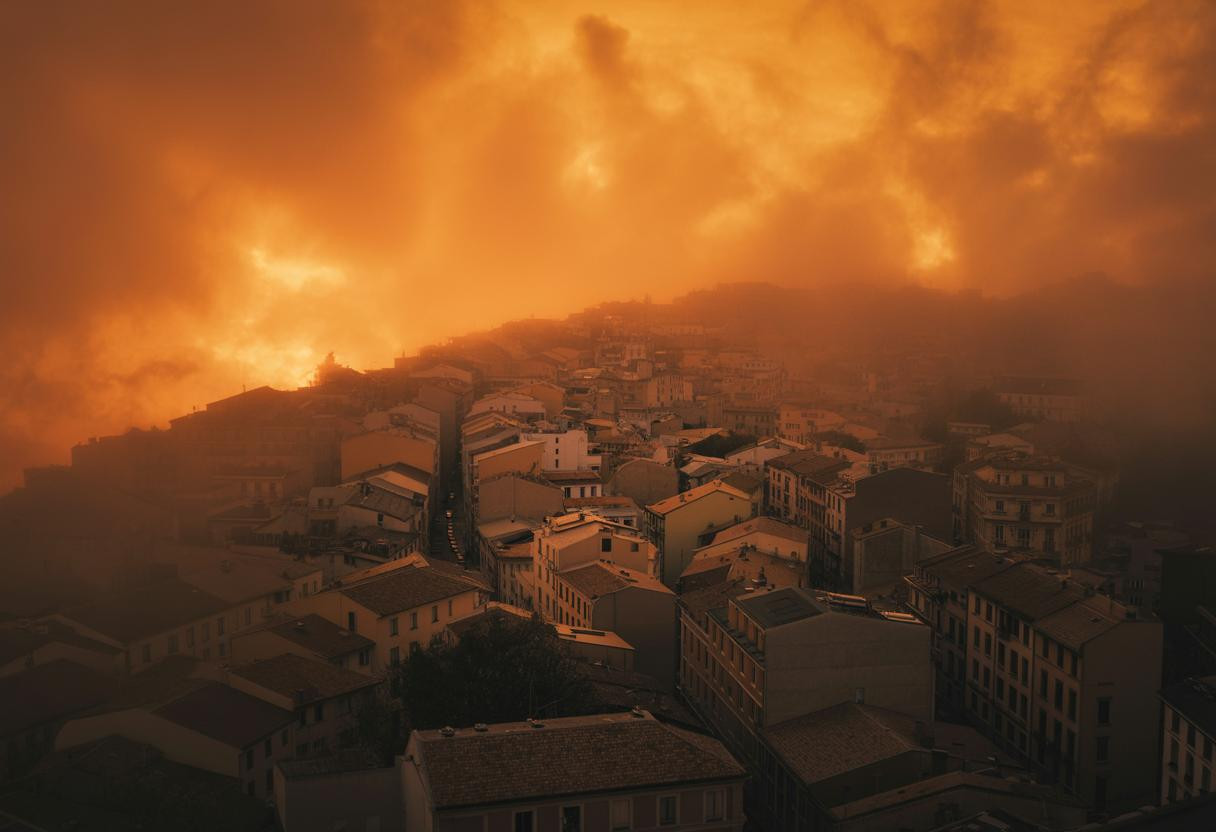A record-shattering heat dome is expanding eastward across the Midwest and Northeast, creating life-threatening conditions for over 100 million Americans. This isn’t just another summer scorcher—temperatures are running 20-25°F above normal, with heat indices reaching a dangerous 110°F in some areas. What makes this event particularly alarming is how it’s rewriting meteorological history, breaking temperature records that have stood since the 19th century.
The atmospheric engine driving unprecedented temperatures
The culprit behind this extreme weather is a high-pressure ridge system meteorologists call a “heat dome.” This massive atmospheric wall originated over the Southwest and has intensified as it shifted eastward, trapping hot air like a lid on a pressure cooker. Cities from Chicago to New York are experiencing heat indices between 105-108°F, while some Midwest locations could see readings up to 110°F.
What’s particularly concerning is the persistent nature of this system. Unlike typical heat waves that provide nighttime relief, overnight temperatures are remaining in the 70s to mid-80s, offering little respite for vulnerable populations. This pattern mirrors what climate scientists have long predicted about extreme heat events and atmospheric heat domes becoming more intense and longer-lasting.
Critical infrastructure faces unprecedented stress tests
Power grids strained beyond capacity
Major metropolitan areas including New York City, Washington D.C., and Philadelphia are experiencing massive electricity demand spikes as residents crank up air conditioning systems. The National Weather Service has issued “extreme heat risk” warnings for these urban centers, where concrete and asphalt create heat islands that amplify already dangerous temperatures.
Cooling centers overwhelmed and underutilized
While cities have activated emergency cooling centers, significant gaps exist in accessibility. Homeless populations and rural communities face the greatest risks, with limited transportation options to reach relief facilities. Washington D.C. and other major cities are scrambling to expand operating hours, but capacity remains a critical concern.
This situation exemplifies how compound extreme weather events can overwhelm infrastructure systems that weren’t designed for such sustained pressure.
The hidden economic cascade accelerating across regions
Beyond the immediate health risks, this heat wave is triggering a complex economic chain reaction. Agricultural regions in the Central Plains are experiencing severe crop stress, with corn and soybean yields facing potential devastation. Historical data suggests similar events can drive commodity prices up by 15-25% within weeks.
Energy markets are already responding, with electricity prices climbing in affected regions. Construction and transportation industries are implementing modified work schedules, reducing productivity during peak heat hours between 10 AM and 6 PM.
Life-saving strategies for extreme heat survival
Immediate protection protocols
The CDC reports over 700 annual heat-related deaths in the United States, making this the deadliest weather hazard Americans face. Elderly individuals, those without air conditioning, and people with chronic health conditions face the highest risks. Early symptoms include dizziness, nausea, and muscle cramps—signals that demand immediate action.
Community response optimization
Cities are expanding multilingual outreach programs to reach non-English speaking populations who may not receive traditional weather alerts. 24/7 cooling center access is becoming a critical need, particularly for overnight hours when many facilities typically close.
Understanding these interconnected risks helps explain why simultaneous climate threats across multiple regions require coordinated emergency responses rather than isolated local efforts.
Climate change fingerprints reveal alarming acceleration
Climate Central analysis confirms this heat wave is at least three times more likely due to human-caused warming. This isn’t an anomaly—it’s the new normal accelerating faster than many climate models predicted. The event validates current forecasting capabilities while highlighting the urgent need for adaptation strategies.
Meteorological records being shattered in cities like Minneapolis, which could exceed June records by 5-10°F, demonstrate how quickly extreme weather patterns are evolving beyond historical baselines.
Essential preparation transforms crisis into manageable challenge
The most effective response combines immediate protective actions with longer-term resilience building. Personal preparation includes identifying multiple cooling locations, maintaining emergency hydration supplies, and establishing check-in systems with vulnerable neighbors. Community-level solutions require expanding green spaces, upgrading electrical grids, and implementing heat-responsive urban planning.
This heat wave serves as a critical preview of conditions that will become increasingly common, making adaptation strategies not just helpful, but absolutely essential for survival.
